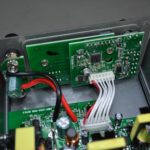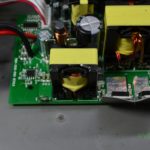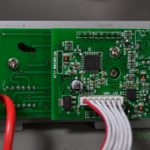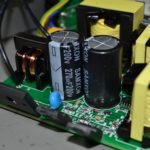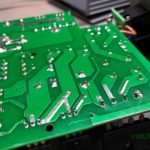Welcome to a new InTheMail, the series that will touch both your passion for electronics and your bank account at the same time. We’re going to start with this small white box, which looks very uninteresting from the outside but contains something really nice, it’s a machined aluminium heatsink, designed specifically for the raspberry pi 4 and inside the box you get the two halves of the heatsink plus some mounting screws and silicone thermal pads.
There is a decent amount of aluminium in this heatsink, and we can see it has these rectangular raised islands for contact with the main chips on the board, so this is where the silicone pads will go. This is a completely passive heatsink and that’s what I was looking for but if you want more cooling power these are also actively cooled heatsink. feel like I should test this in a separate video to see how efficient it is when compared to a no heatsink solution which we already know doesn’t work well with the raspberry pi as it gets pretty hot. So we’ll leave this for a future video.

